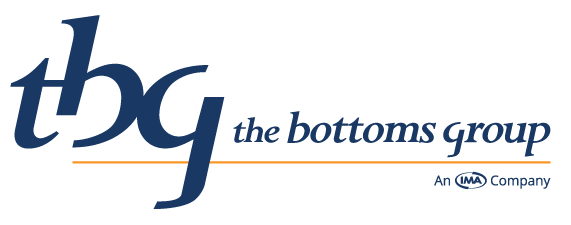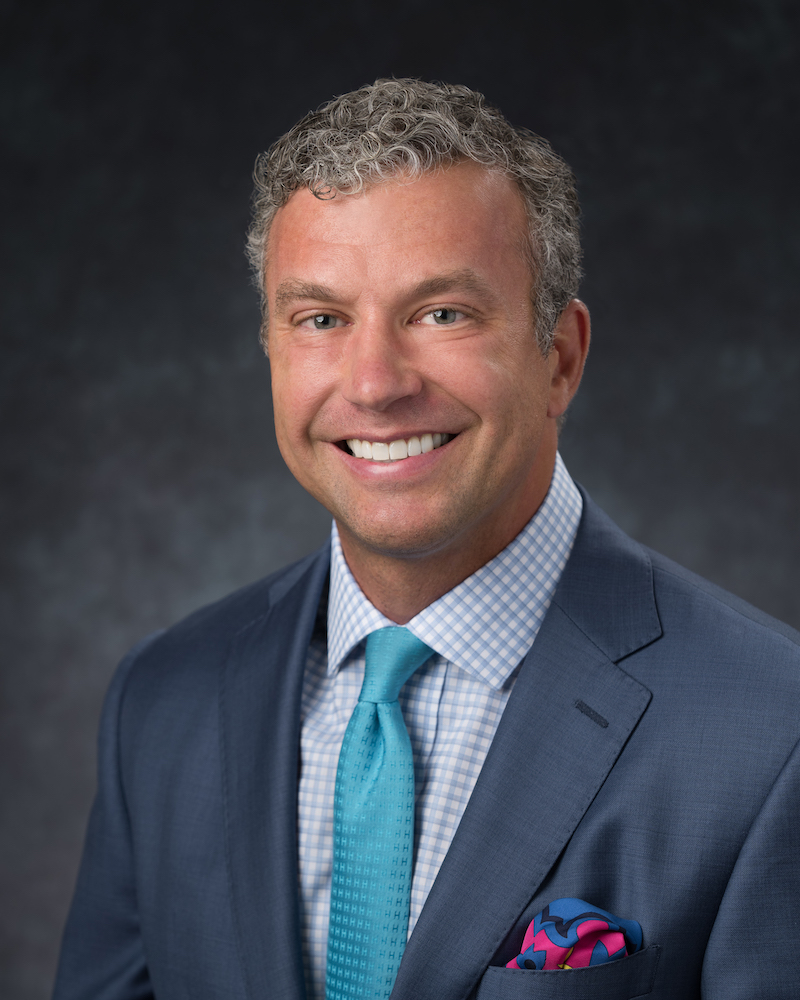BY DAVID BOTTOMS, REBC, RHU, CLU, CHFC
SENIOR VICE PRESIDENT, BENEFITS
As Open Enrollment season continues, millions of Americans are considering their health insurance options for 2018.
As has been long predicted, a health care tale of two cities is beginning to emerge in which those with employer-based coverage have solid (albeit expensive) coverage options with ready access to massive provider networks stocked full of name-brand providers while those in the individual market find themselves with health coverage and an insurance ID card but often without ready access to their healthcare providers of choice.
Specifically, in Metro Atlanta, as Blue Cross Blue Shield, UnitedHealthcare, Aetna, Cigna, and Humana rushed for the exits in the individual market they took with them the provider networks to which citizens had become accustomed with large, broad open access provider access points.
For 2018, Kaiser Permanente and a couple of Medicaid network providers are left in the vacuum created by their exit.
As anyone familiar with Medicaid is aware, provider access has always been a primary challenge. Medicaid enrollees have “free” access to coverage, but often have to wait weeks for an appointment given that relatively few providers are interested in accepting the low fee schedules the government pays for providers accepting Medicaid patients. With low supply and increasingly heavy demand, waits for appointment slots logically increase.
Kaiser Permanente is a reputable carrier with a strong healthcare delivery system; however, their model is, by its very nature, constricted somewhat on the supply-side so, as demand increases, expect wait times to see providers increase, especially in January and February as tens of thousands of new enrollees flood into the Kaiser membership pool and as they work to adjust their provider supply. Given their closed panel of providers, Kaiser simply can’t flex as quickly as traditional health insurance carriers can to accommodate drastic increases in membership volume.
One potentially reassuring side note regarding the individual market is that many enrollees who sign up for coverage tend not to pay their bills so, if you currently have Kaiser coverage, take comfort in the fact that access to care should begin to normalize a few months into 2018 as Kaiser flushes enrollees who are delinquent in their premium payment.
For current Kaiser enrollees either in the individual or group market, I would advise that you schedule any specialist or preventative care visits you anticipate needing in early 2018 now before you have to compete for slots with hordes of new enrollees at the start of the new year. It also would be a good idea to get your prescriptions refilled in late December so you don’t have to fight crowds in early January. As another side-note, Kaiser typically does a very good job with their primary care access so, if you end up with a sinus infection in early 2018, you should certainly be able to get the treatment you need.
Nonetheless, as much of the discussion regarding healthcare reform has been focused on insurance companies over the past seven years, not enough attention has been paid to the importance of provider access.
Low cost health coverage is a wonderful thing if it is wedded with appropriate provider access; however, what we are beginning to see is the transformation of the individual healthcare market into something akin to the socialized health care systems in several other countries. Those systems are often highly regarded for their cost and primary care coverage, but they often leave much to be desired when specialist attention is needed.
The employer market, while certainly not perfect, remains a largely competitive market where coverage levels are strong and provider access is deep. As the bifurcation of the health insurance market continues, I would encourage anyone interested in a case study in socialized medicine to stay focused on coverage, costs, access, and outcomes in the individual and Medicaid markets.


